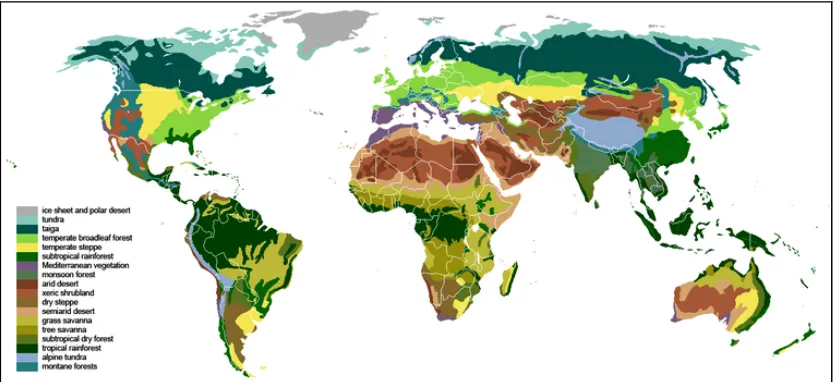Socio ecological coevolution: an ecological analysis of the historical development of international systems in the circumpolar Arctic
Full text
Figure




Outline
Related documents
Field experiments were conducted at Ebonyi State University Research Farm during 2009 and 2010 farming seasons to evaluate the effect of intercropping maize with
In comparison with the primary EIQ categorizing, factor analysis identified a new dimension which was called fertility, combined the physical, psychological and social items into
ASiT: Association of surgeons in training; BMA: British medical association; CCGs: Clinical commissioning groups; DEQ: Director of education and quality; EOF: Education and
Overall, response efficacy and perceived behavioral control were most strongly associated with behavioral intention and appear to interact with gain and loss message
It was decided that with the presence of such significant red flag signs that she should undergo advanced imaging, in this case an MRI, that revealed an underlying malignancy, which
Also, both diabetic groups there were a positive immunoreactivity of the photoreceptor inner segment, and this was also seen among control ani- mals treated with a
The paper assessed the challenges facing the successful operations of Public Procurement Act 2007 and the result showed that the size and complexity of public procurement,
19% serve a county. Fourteen per cent of the centers provide service for adjoining states in addition to the states in which they are located; usually these adjoining states have





![Figure 3.7 – Illustrating the effects of embedding Buzan and Little’s socially constituted analytical matrix [A] in its](https://thumb-us.123doks.com/thumbv2/123dok_us/399509.1040114/96.595.140.506.380.560/figure-illustrating-effects-embedding-little-socially-constituted-analytical.webp)